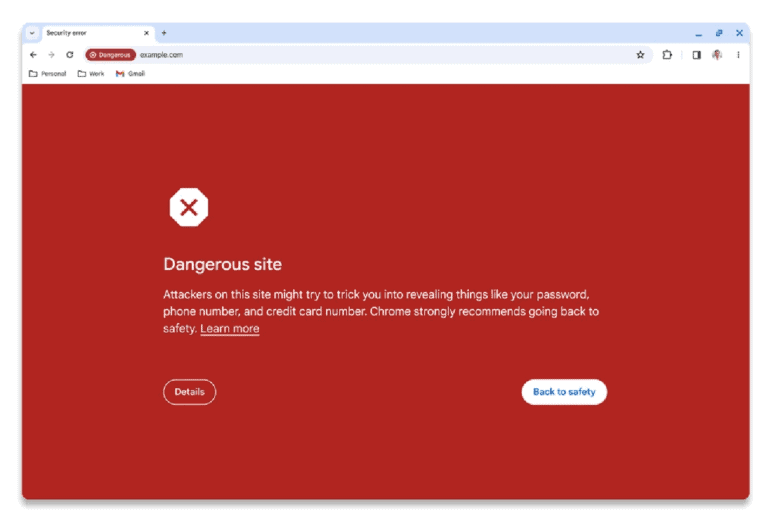Google is improving phishing and malware protection for Chrome users. Websites are now monitored in real-time. This was necessary after Google found that malicious websites existed for an average of 10 minutes.
An update to the Safe Browsing feature, launched in 2005, should better protect Chrome users from the phishing practices of cybercriminals. Hackers outsmarted the feature by increasing the speed of their operations, and the browser is now adapting to this new reality.
Hackers were outsmarting control
In the past, Google checked whether the Web site a user wanted to visit was in a list of malicious URLs. This list ran locally on the user’s device. Every half hour to hour, the list was updated.
Hackers capitalized on this by allowing a rogue website to exist for an average of only 10 minutes. This caused the list of malicious URLs to become outdated very quickly.
With the update, monitoring will now occur based on a list receiving real-time updates. Chrome users should thus be better protected from malicious websites that may look legitimate but are being run by hackers to collect user login information through phishing pages or to spread malware. According to Google, the update helps block 25 percent more phishing attempts.
Later to Android
The feature is available through the desktop browser. Later this month, the upgrade will also come to Android. The enhanced feature will be available by default.
Users can choose to sign up for the Enhanced Safe Browsing feature in the settings. The browser then alerts users when they visit a potentially dangerous website that is not yet known to be on the list of malicious URLs. The opt-in further sends users an immediate alert if a password they are using was leaked somewhere. In the default feature, these alerts are an option that must be activated.
Also read: Google Chrome has Safety Check: controls and needs control
